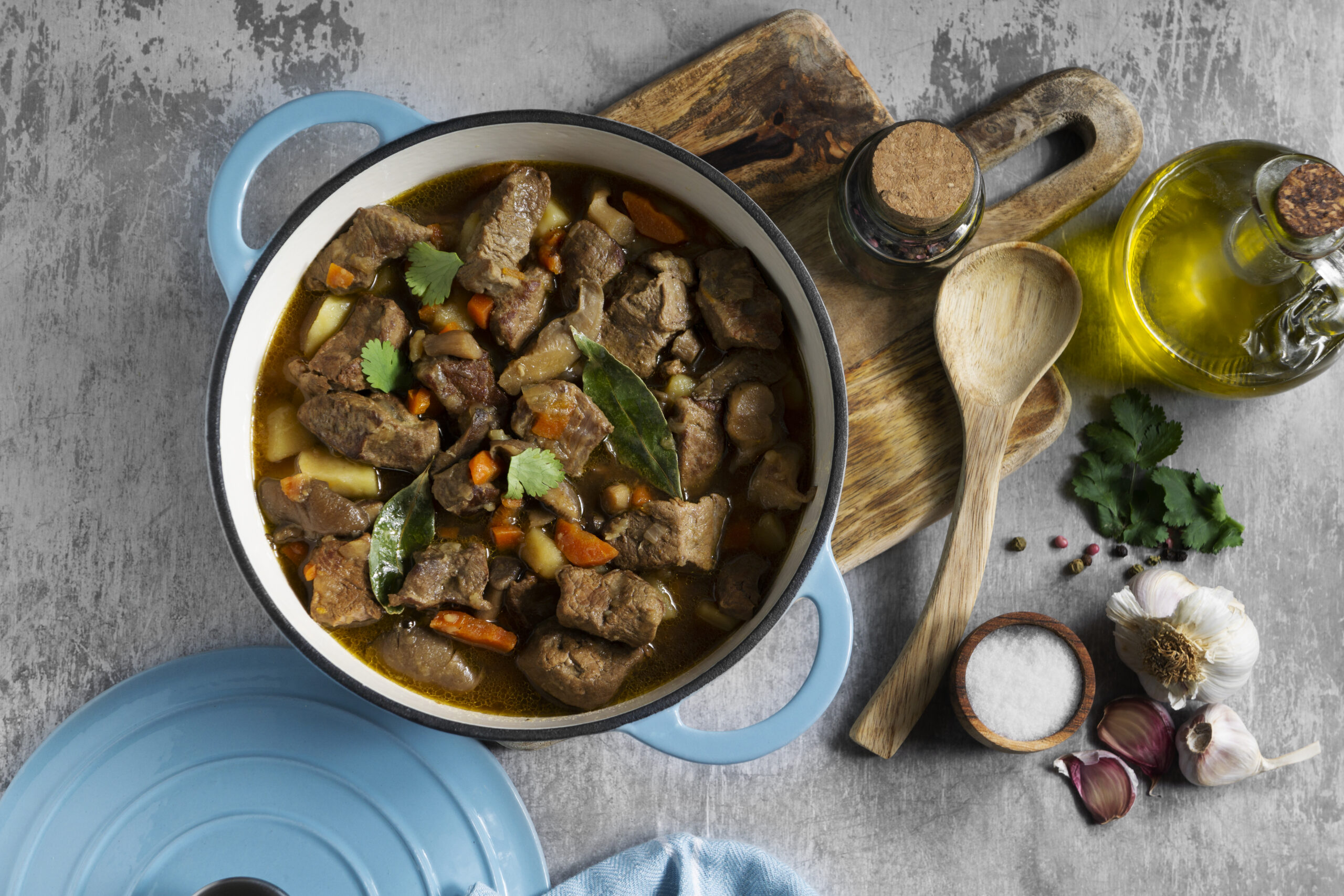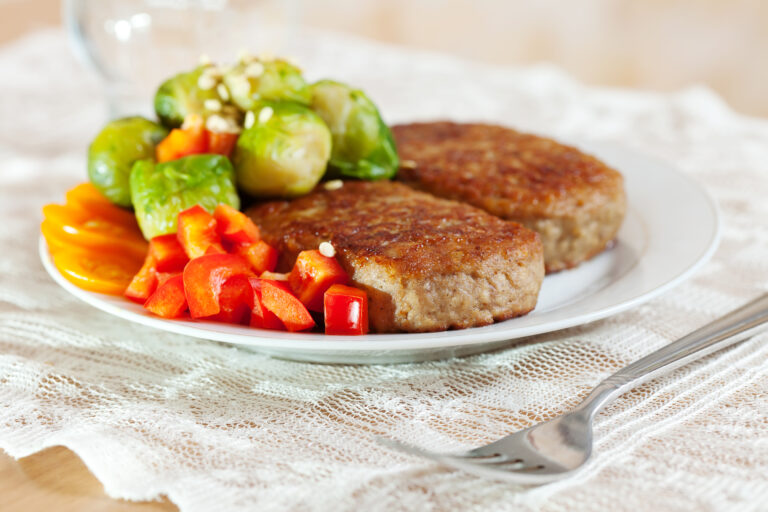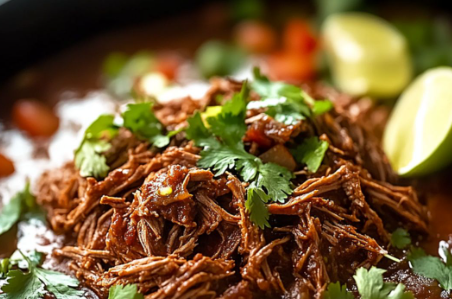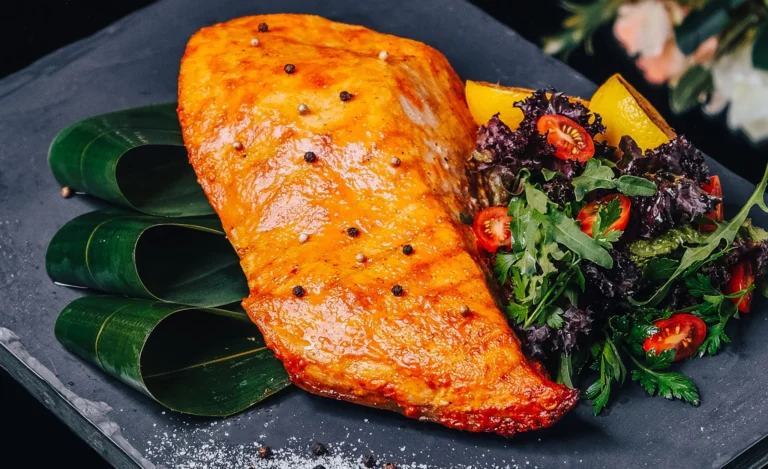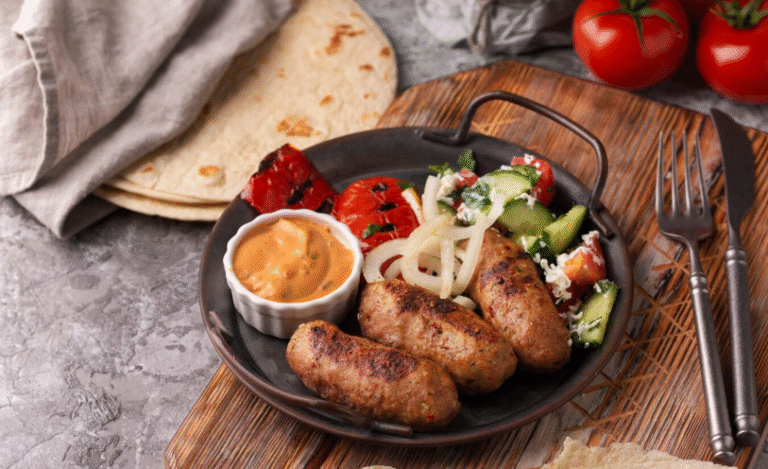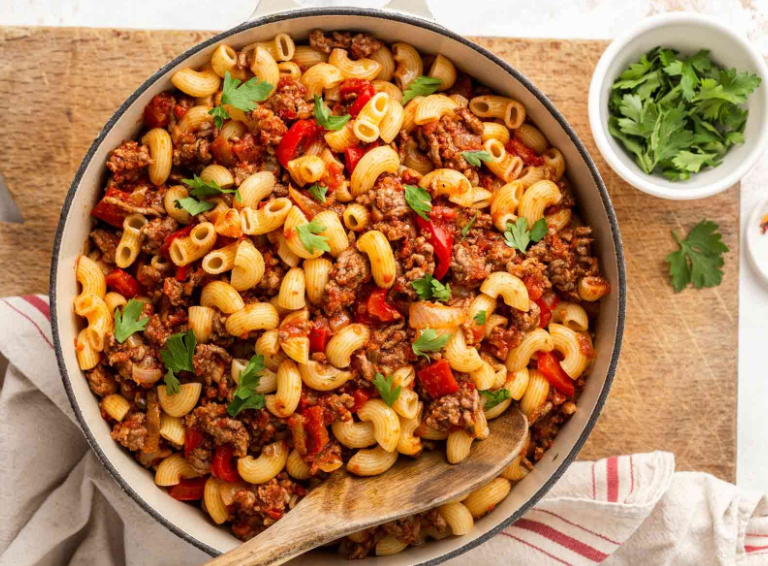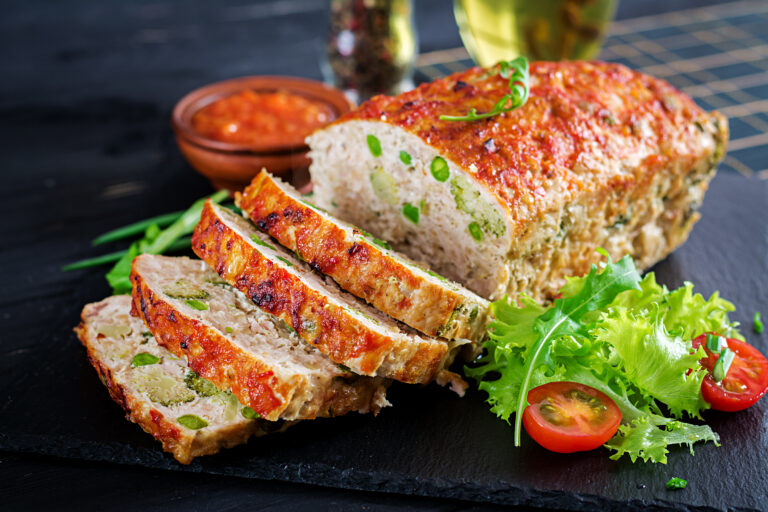Traditional Sauerbraten Recipe : A Hearty German Dish You Can Master at Home
There’s something deeply comforting about dishes that have stood the test of time. If you’re craving a meal that connects generations, warms the home, and fills your kitchen with unforgettable aromas, then a traditional sauerbraten recipe might be exactly what you’re looking for. This isn’t just another slow-cooked roast—it’s Germany’s culinary soul on a plate, and the best part? You can prepare it in your own kitchen, without any alcohol or pork.
Let’s take a flavorful journey into the heart of German home cooking and discover how you can bring this beloved dish to life with wholesome, everyday ingredients.
Table of Contents
What Is Sauerbraten and Why Does It Matter ?
Sauerbraten, which literally translates to “sour roast,” is a classic German pot roast that gets its signature flavor from a slow, tangy marinade. Unlike most roasts that rely on speed or seasoning alone, sauerbraten takes its time—allowing bold spices and vinegar to tenderize the meat over several days. This slow-marination method is what sets it apart and gives the meat its deep, rich flavor.
While recipes vary from one German region to another, what stays consistent is the care that goes into making it. When you prepare sauerbraten, you’re not just cooking—you’re carrying on a tradition that’s often reserved for Sunday dinners, holidays, and special gatherings.
Traditional Sauerbraten Recipe
Below is your go-to version of sauerbraten. It uses beef (a halal-friendly cut) and excludes all alcohol, wine, or pork-based ingredients without sacrificing the authentic taste.
Ingredients (Serves 6)
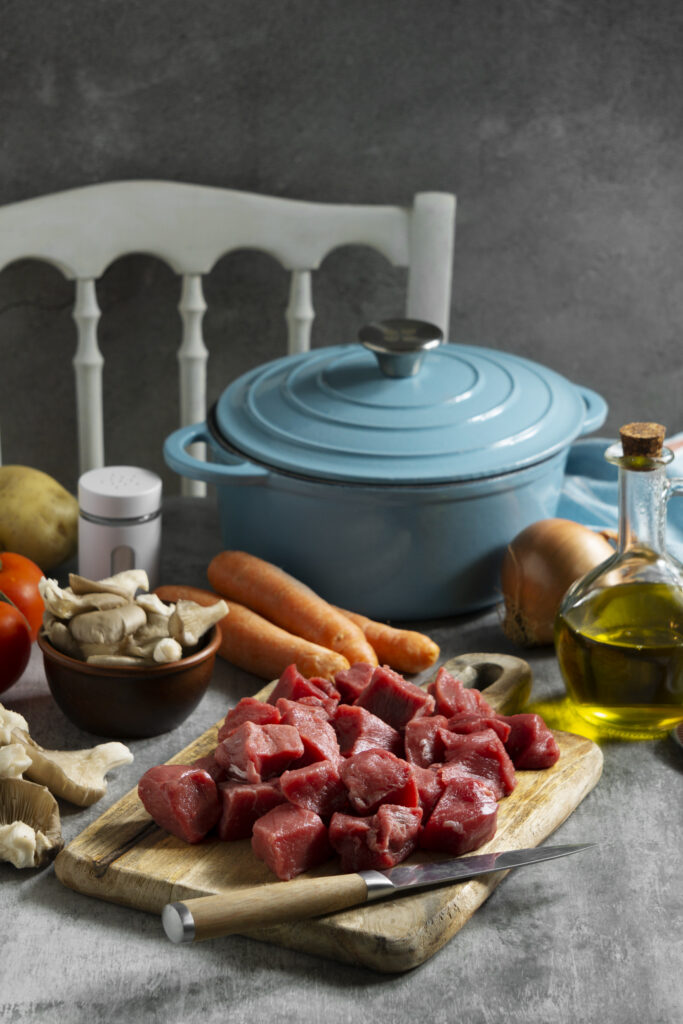
| Ingredient | Quantity |
|---|---|
| Beef roast (rump or chuck) | 3–4 lbs (1.5–2 kg) |
| Apple cider vinegar | 2 cups |
| Water or low-sodium broth | 2 cups |
| Onions, sliced | 2 medium |
| Carrots, chopped | 2 |
| Celery stalks | 2 |
| Whole cloves | 5–6 |
| Bay leaves | 2–3 |
| Peppercorns, whole | 1 tbsp |
| Allspice berries (optional) | 1 tsp |
| Ginger snap cookies (for gravy) | 6–8 |
| Brown sugar | 1 tbsp |
| Salt | To taste |
How to Make Sauerbraten Step-by-Step
1. Marinate the Beef (3–5 Days)
Place the beef in a large glass or enamel bowl. Add the vinegar, water, onions, carrots, celery, and spices. Make sure the meat is mostly submerged. Cover tightly and refrigerate for at least 3 days—5 is even better. Turn the meat daily so it absorbs flavor evenly.
2. Sear the Meat
Once marinated, remove the beef, pat it dry, and set the marinade aside. In a large pot or Dutch oven, sear the meat in a bit of oil over medium-high heat until browned on all sides. This adds depth to the final flavor.
3. Simmer Low and Slow
Pour the strained marinade back into the pot with the meat. Bring to a gentle boil, reduce heat, and let it simmer covered for 2.5 to 3 hours. The beef should be fork-tender.
4. Make the Gravy
Remove the beef and set it aside to rest. Strain the broth again, and pour it into a saucepan. Crumble in the ginger snap cookies and add brown sugar. Simmer the gravy until thickened to your preference. Taste and adjust salt if needed.
Tips to Get It Just Right
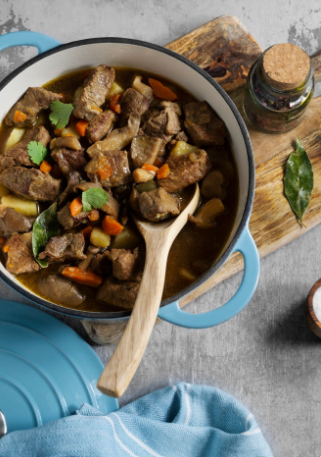
- Choose the right cut: Rump or bottom round offers great texture.
- Marinate longer if you can: The acidity tenderizes and enhances flavor.
- Don’t skip the cookies: Ginger snaps add body and a hint of sweetness to balance the vinegar.
- Let the roast rest: Slice after 10–15 minutes so juices stay in.
What to Serve with Sauerbraten
Pairing sides with sauerbraten is where the fun begins. Stick with traditional German flavors for a well-rounded plate.
Top Side Dishes
- Mashed potatoes: The gravy soaks in beautifully.
- German-style red cabbage (Rotkohl): Slightly sweet, slightly tangy.
- Potato dumplings (Kartoffelklöße): Dense and satisfying.
- Buttered noodles or rice: Neutral bases that highlight the roast.
Regional Variations
Each region of Germany brings its own twist to the dish. While many versions use red wine or even raisins, you can recreate their flavors without those additions:
- Rhineland-style: Add a splash of apple juice for natural sweetness.
- Franconian-style: More vinegar-forward—stick with cider vinegar.
- Saxon-style: Include a touch of mustard in your marinade for extra zip.
These adjustments let you honor tradition without compromising on your values or preferences.
Nutritional Snapshot (Per Serving)
| Nutrient | Amount (Approx.) |
|---|---|
| Calories | 500–550 |
| Protein | 38g |
| Carbohydrates | 16g |
| Fat | 30g |
| Sodium | Moderate (Adjust to taste) |
This dish is naturally low in sugar and high in protein. You can easily adapt it for lower sodium or gluten-free needs by switching out the cookies.
Frequently Asked Questions About Traditional Sauerbraten Recipe
How long should I marinate the meat?
At least 3 full days. The longer it sits, the more tender and flavorful it becomes.
Can I make this in a slow cooker?
Yes! After marinating and searing, place everything in a slow cooker on low for 7–8 hours.
Do I need ginger snaps for the gravy?
Absolutely. They thicken the sauce and add a distinct warm spice. If you need a substitute, try plain graham crackers with a pinch of cinnamon and nutmeg.
Is Sauerbraten spicy?
Not at all. It’s tangy, savory, and slightly sweet from the marinade and gravy.
Your Table, Your Tradition Starts Here
By following this traditional sauerbraten recipe, you’re not just putting dinner on the table—you’re creating a moment worth savoring. Whether it’s your first time trying German cuisine or you’re rekindling a family tradition, this dish invites patience, care, and joy into your kitchen.
So go ahead—take that first bite and taste a story that’s been told across generations.

